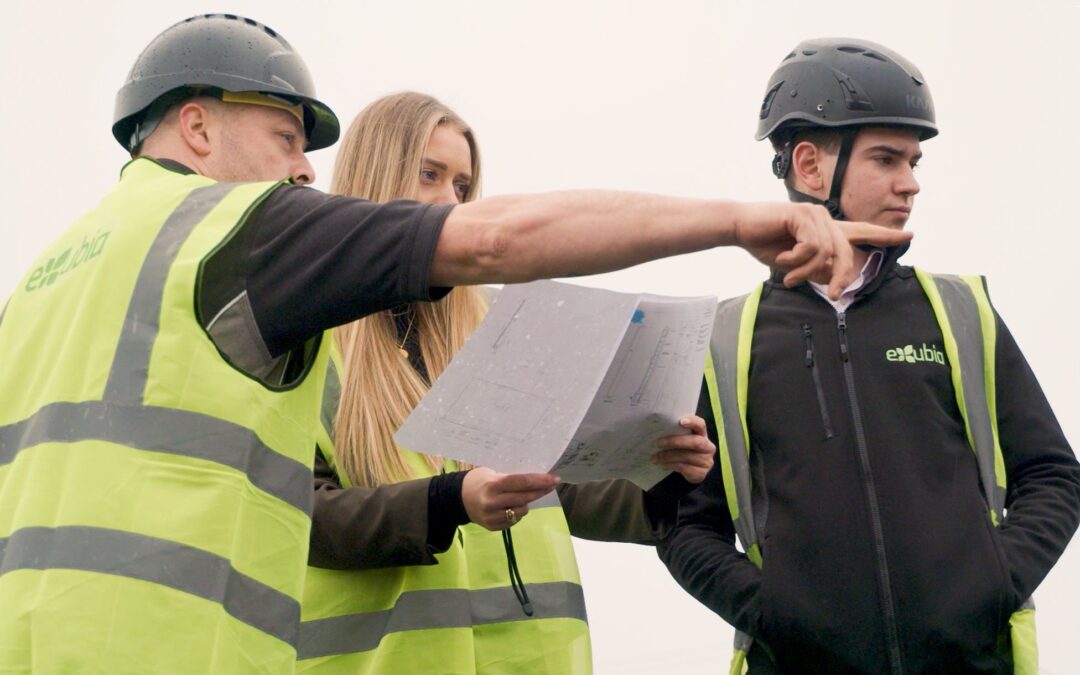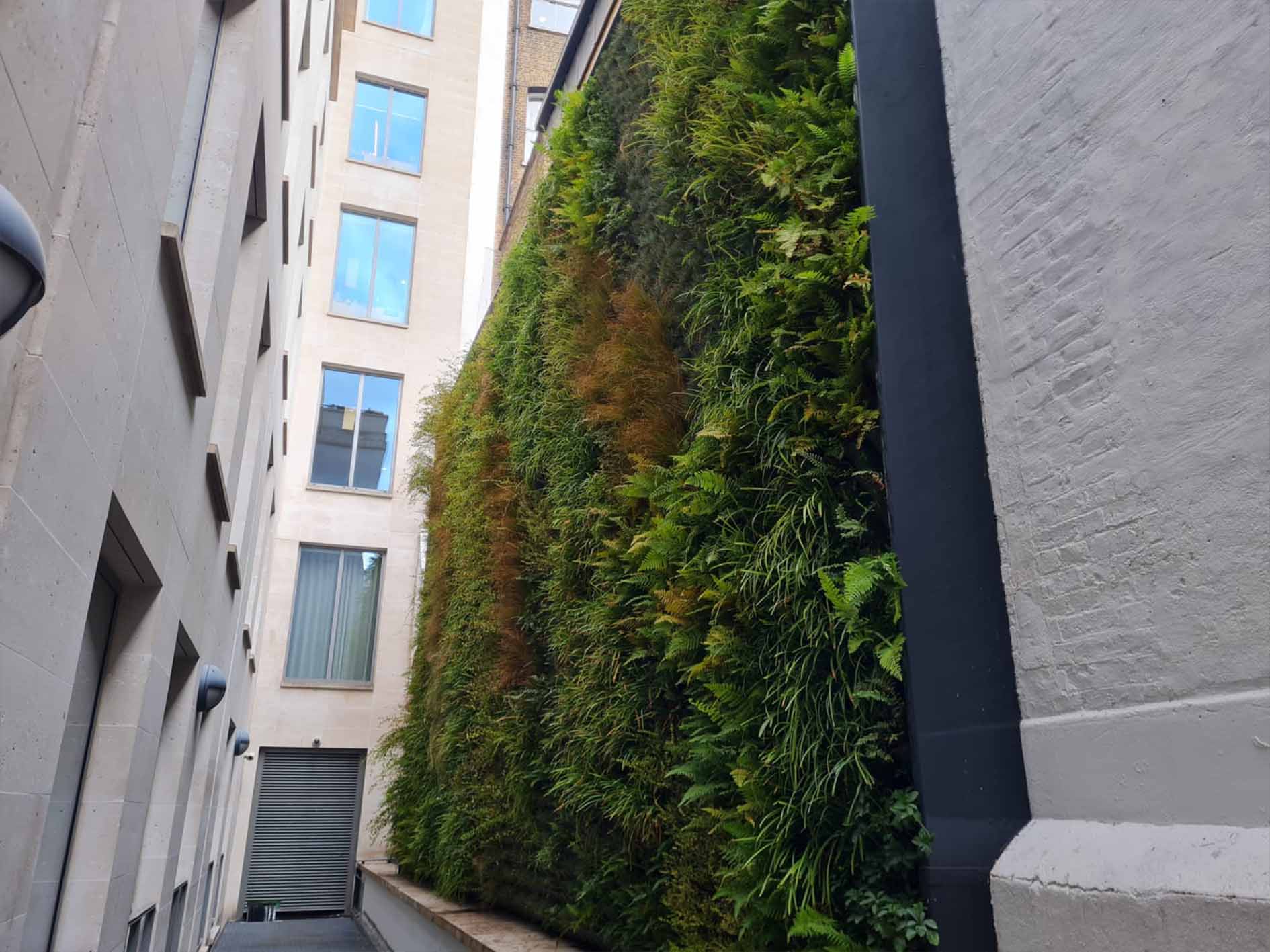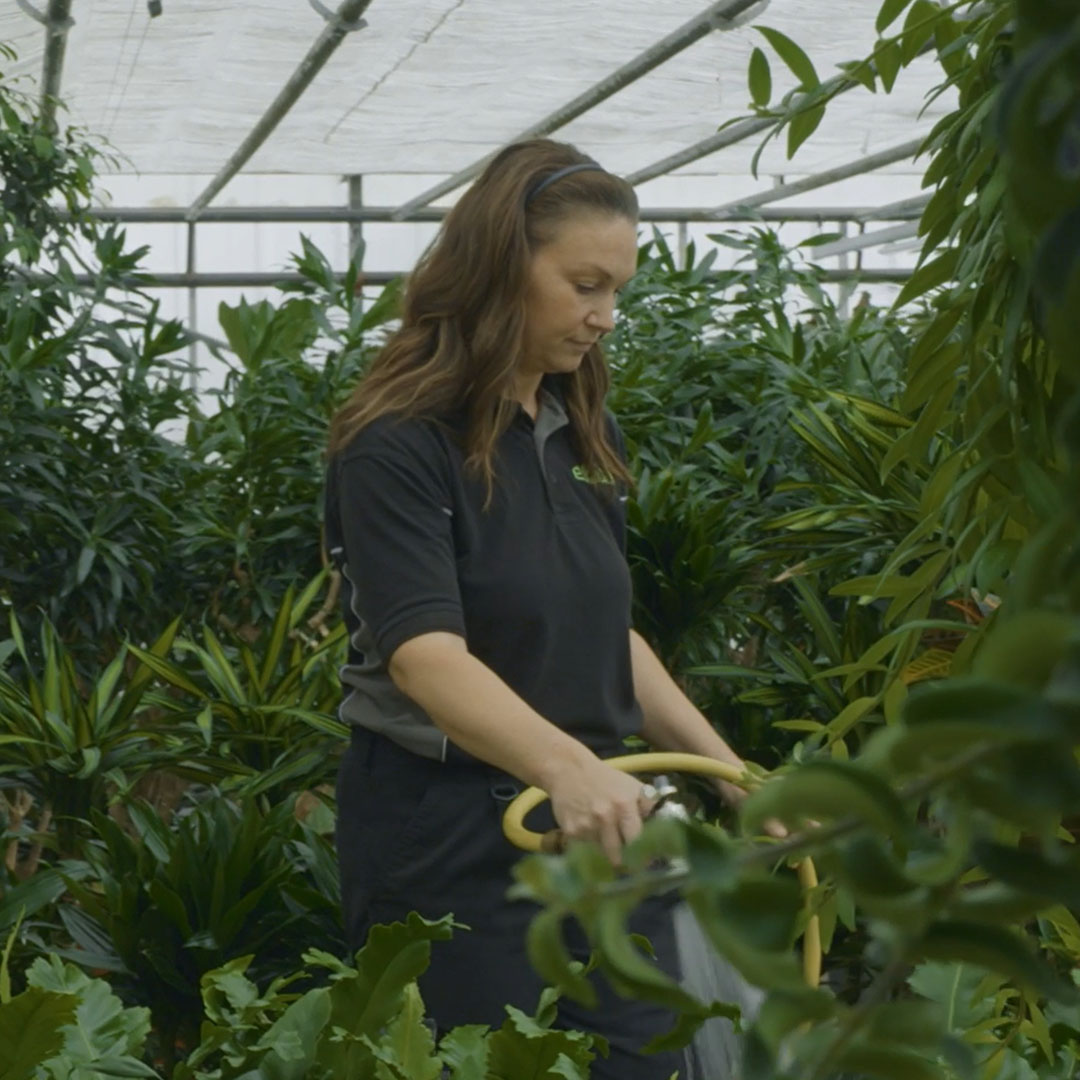For interior designers, architects and fit-out specialists, incorporating plants into commercial spaces isn’t just about aesthetics—it’s about creating healthier, more productive workplaces. Yet convincing clients to invest in and maintain office planting remains a common challenge. This guide provides practical strategies for presenting and implementing successful planting schemes in commercial projects.
When to Introduce Planting in Your Design Process
The timing of your planting proposal can significantly impact its success. Rather than treating plants as an afterthought or ‘nice-to-have’, experienced designers recommend introducing them during the concept phase.
One of our Project Consultants, Arago Campion, says that “The key is positioning planting as an integral part of the workplace strategy, not just decoration. When presented alongside other key design elements, plants become part of the solution rather than an optional extra.”
Practical Tip: Integration in Design Proposals
Include planting in your initial design presentations by:
- Incorporating plants in early concept sketches
- Including planting layouts in space plans
- Highlighting plant locations in 3D visualisations
- Showing precedent images with and without planting
Addressing the True Cost of Office Plants
One of the most challenging aspects of specifying office planting is managing client expectations about ongoing costs. Here’s how to address this effectively:
Example Scenario: The £10,000 Living Wall
A common situation we face all the time:
- Designer includes £10,000 living wall in design proposal
- Client approves capital expenditure
- No maintenance contract is established
- Wall deteriorates within six months
- Client relationship damaged
How to Prevent This:
Present costs as a complete package:
- Initial investment (capital expenditure)
- Annual maintenance (typically a percentage of initial investment)
- Irrigation system servicing
- Regular plant replacement allowance
- Additional considerations like seasonal rotations
Arago Campion advises: “The key is to help clients understand that a living wall is an ongoing investment, not a one-time purchase. The maintenance cost should be viewed as protecting their initial investment rather than an additional expense.”
Understanding Client Priorities
Different stakeholders have different concerns:
- Facilities Managers focus on maintenance and practicality
- Finance Directors prioritise ROI and ongoing costs
- HR Managers care about employee wellbeing benefits
- CEOs look for brand image and visitor impression
Tailoring Your Approach
When presenting to different stakeholders:
- For FMs: Focus on maintenance schedules and access requirements
- For Finance: Emphasise productivity gains and staff retention benefits
- For HR: Highlight wellbeing statistics and staff satisfaction
- For CEOs: Showcase impressive installations and brand enhancement
Making the Business Case
Research demonstrates that well-maintained office planting delivers measurable benefits:
- Increased workplace productivity
- Reduced stress levels
- Lower absenteeism rates
- Improved air quality
- Enhanced acoustic properties
- Increased workplace satisfaction
Handling Common Client Objections
“Plants Are Just an Added Expense”
Response: “Plants typically represent a small percentage of a fit-out budget but contribute significantly to workplace satisfaction and productivity. Studies show they can notably reduce absenteeism.”
“We Can Maintain Them Ourselves”
Response: “While basic care can be handled internally, professional maintenance ensures your investment thrives long-term. Consider that replacing dead plants often costs more than regular maintenance.”

Expert Tips
“The most successful office planting schemes are those where maintenance is considered from day one. I always advise designers to include a minimum 12-month maintenance contract in their initial proposals. This ensures the scheme is established properly and gives clients time to understand the long-term benefits.”
Given a basic understanding of how extensive the planting requirements will be for your design, we can help you with this!




Recent Comments